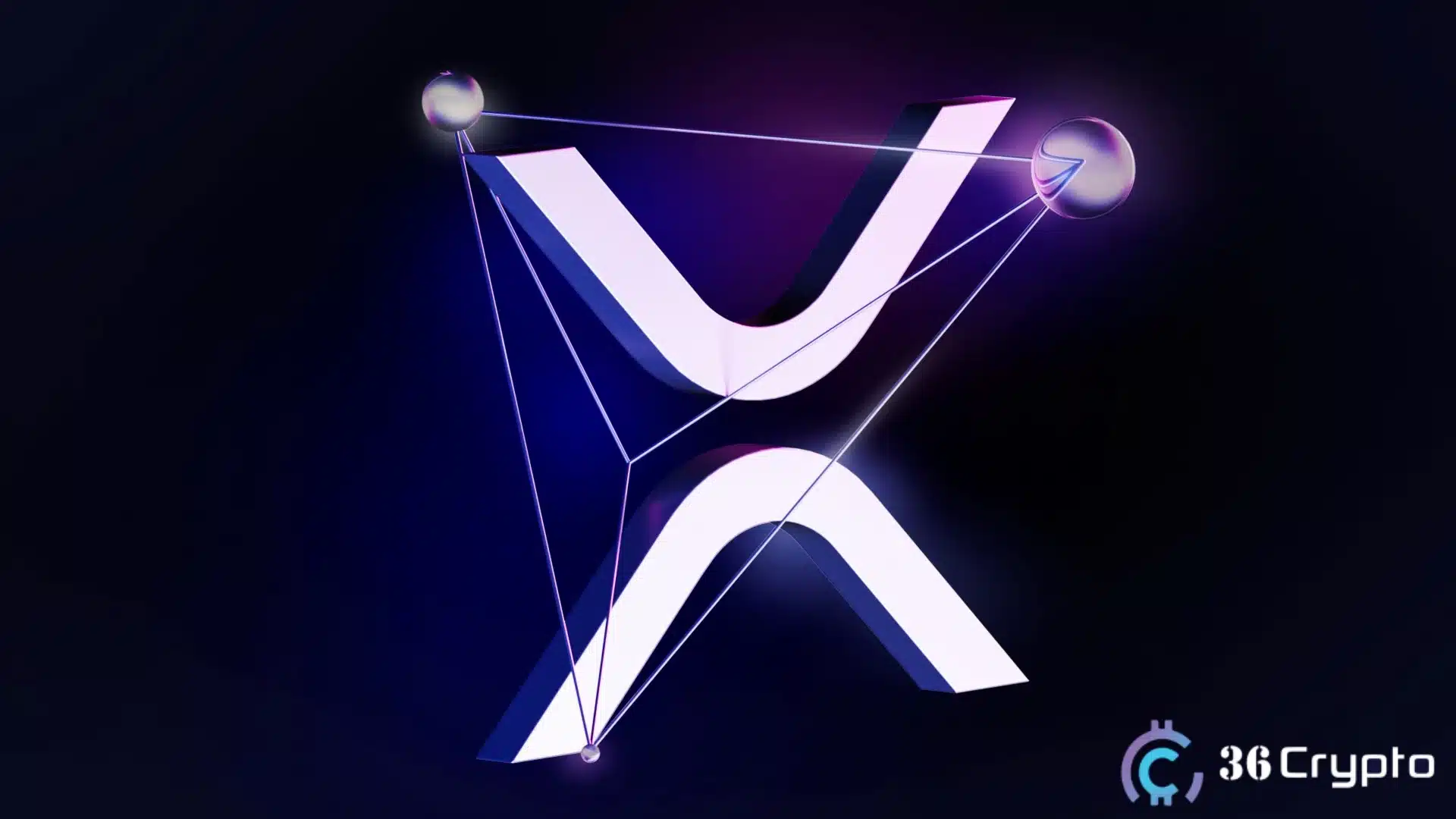In a pioneering move that signals the Middle East’s growing integration of blockchain into real-world assets, the Dubai Land Department (DLD) has chosen the XRP Ledger (XRPL) as the foundational infrastructure for its first-ever Real Estate Tokenization Project.
The initiative is set to redefine how property is owned, transferred, and invested in the UAE’s rapidly evolving digital economy.
The announcement was made through a press release from Ctrl Alt, a UAE-based financial engineering and digital asset infrastructure provider, which was selected to spearhead the tokenization framework.
The effort is being launched in strategic coordination with Dubai’s Virtual Assets Regulatory Authority (VARA), the Dubai Future Foundation, and property tech platform Prypco.
A Regulatory-Compliant Framework for Digital Property
At the core of the initiative is a fully compliant blockchain model that enables the tokenization of real estate title deeds. The DLD’s direct collaboration ensures seamless interoperability between the new tokenized infrastructure and the UAE’s traditional land registry systems—an approach that bridges the gap between legacy frameworks and decentralized technologies.
This marks the first time a government property registration body in the Middle East has implemented a public blockchain, XRPL, for official title deeds. The pilot was developed under the Real Estate Evolution Space Initiative, a Dubai program aimed at modernizing and digitizing urban infrastructure.
Why XRP Ledger?
The decision to utilize XRPL is not coincidental. Known for its energy efficiency, speed, and built-in tokenization capabilities, XRPL has long been recognized as a suitable platform for real-world asset integration.
Its proven stability and minimal transaction costs make it an ideal choice for government-level deployments where security and scalability are non-negotiable.
Ripple, the developer behind the XRP Ledger, publicly acknowledged the project, further solidifying the ledger’s role in enterprise-level blockchain solutions.
The Dubai Land Department’s pioneering Real Estate Tokenization Project with Ctrl Alt is a massive milestone for Dubai’s real estate market. https://t.co/fQfPBfvxvj
Couldn’t be more delighted that the XRPL has been selected as the blockchain of choice for this project thanks to…
— RippleX (@RippleXDev) May 25, 2025
XRPL’s ability to handle native token issuance and smart contract functionality through its Hooks amendment places it in direct competition with Ethereum-based tokenization platforms—but with distinct advantages in efficiency and cost.
Unlocking Fractional Real Estate Investment
One of the project’s most impactful outcomes is the democratization of property ownership. Through Prypco’s tokenization platform PRYPCO Mint, UAE residents with an Emirates ID can now buy fractional shares in real estate, starting from as little as AED 2,000.
This significantly lowers the barrier to entry, allowing small-scale investors to participate in a market that has traditionally required significant capital.
Token holders gain shared ownership rights, with transparent tracking of ownership and transactions via the public blockchain. This approach not only increases access but also reduces fraud risk, improves liquidity, and enhances regulatory oversight.
Market Forecast: AED 60 Billion by 2033
According to projections released by Ctrl Alt, the tokenized real estate market in Dubai could balloon to AED 60 billion (approx. $16 billion) by 2033—representing an estimated 7% of total real estate transactions in the emirate. This growth aligns with global trends, as institutional interest in asset tokenization continues to rise.
Matt Ong, CEO of Ctrl Alt, emphasized the strategic significance of the project, noting that the secure XRPL-based infrastructure developed with DLD now forms the “backbone” of Dubai’s tokenized property market roadmap. “This is more than a tech upgrade—it’s a blueprint for real estate in the next decade,” Ong stated.
Strategic Positioning in a Global Race
Dubai’s move comes at a time when jurisdictions worldwide are exploring real estate tokenization, including Switzerland, Singapore, and parts of the U.S. However, few have taken the regulatory-first approach that characterizes Dubai’s strategy.
By anchoring the system in compliance from the outset, and selecting a reliable public ledger, Dubai positions itself as a leader in tokenized asset governance.
Meanwhile, Ripple’s involvement, though indirect, reinforces its long-term vision of XRPL as a utility-focused blockchain powering institutional finance and real-world asset markets. While other protocols focus on DeFi and NFTs, XRP Ledger continues to carve out a niche in regulated environments and cross-border infrastructure.
Conclusion
Dubai’s integration of XRPL into government-level real estate infrastructure is more than a technological milestone, it’s a structural evolution in property ownership. As more jurisdictions look to tokenize tangible assets, the emirate’s model could set a global precedent for blending blockchain with state-backed regulation.
